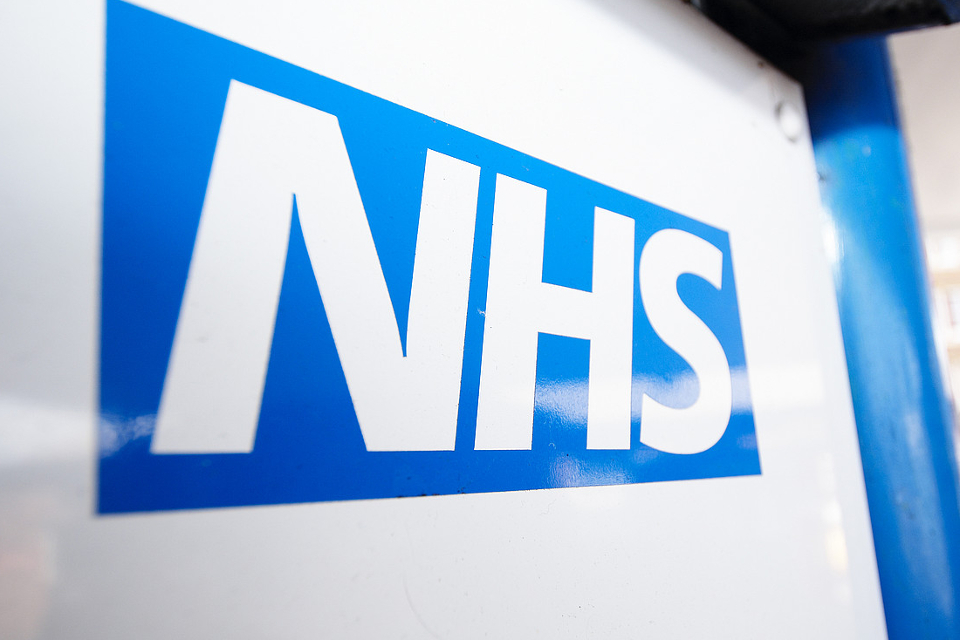Program has been downloaded more than 25 million times, but the latest figures show only 16 million users have enabled it
Credit: PA
Millions of users of the NHS Covid-19 app may not have enabled its contact-tracing and alert systems, government data has revealed.
In support of a recent National Audit Office report on the Test and Trace scheme, the government recently published an array of data sets on types and volumes of tests, as well as statistics on usage of the app.
During the seven-day period beginning on 22 April, a total of 16 million people across the UK “had the app fully or partially enabled on their phone”, the government said.
But, as of the same period of time, the app had been downloaded 23.3 million times, according to weekly statistics published by the NHS. If each download is a new and distinct user, this disparity of 7.3 million would mean that about a third of all users of the app have not enabled the Bluetooth contact-tracing technology – meaning they would not be alerted and told to isolate after coming into contact with someone who subsequently tested positive for coronavirus.
Even among the 16 million who have enabled the program, the government has included “users who have opted to disable contact tracing because the… on/off toggle in the app is a feature designed to enable users to turn off contact tracing in line with guidance, such as when storing their phone in a locker”.
Related content
- Vaccine status prompts millions to download NHS app
- Government tapped fleet of £1,300-a-day AWS consultants to advise on contact-tracing app
- NHS ‘improves accuracy’ of contact-tracing app as downloads near 20 million
“Having the app fully or partially enabled on a phone means that a user has the app installed, onboarded and functional on their device”, the Department of Health and Social Care said in the data release. “This means that the user has at some point completed the onboarding process and has not disabled the app in the operating system or by installing an alternative contact tracing app.”
It added: “There are some limitations to this estimate due in part to the privacy-preserving design of the app. The figure provided is based, in part, on the count of data records received each day.”
PublicTechnology contacted the DHSC requesting clarification on how many millions of users have not properly enabled the Covid-19 app or if some the disparity in downloads and enabled users could, for example, be attributed to users reinstalling the app. The department had not responded at time of going to press.
In the two months since data on enabled users was gathered, total downloads have risen to 25.3 million. Three million of these have come since shops and leisure and entertainment venues across the country began incrementally reopening in late March.
Some 929,114 QR code posters have been created by venues to allow visitors using the app to check in for contact-tracing purposes. In the four weeks up to 16 June, between 12 and 15 million check-ins have been logged by the app each week.
This figure has increased markedly since the reopening of indoor facilities such as pubs, restaurants, and cinemas; prior to restrictions on those venues being eased, the check-in tally was between four and seven million each week.
In the seven days up to 16 June, 150,485 contact-tracing alerts were sent, including 467 related to a venue.



